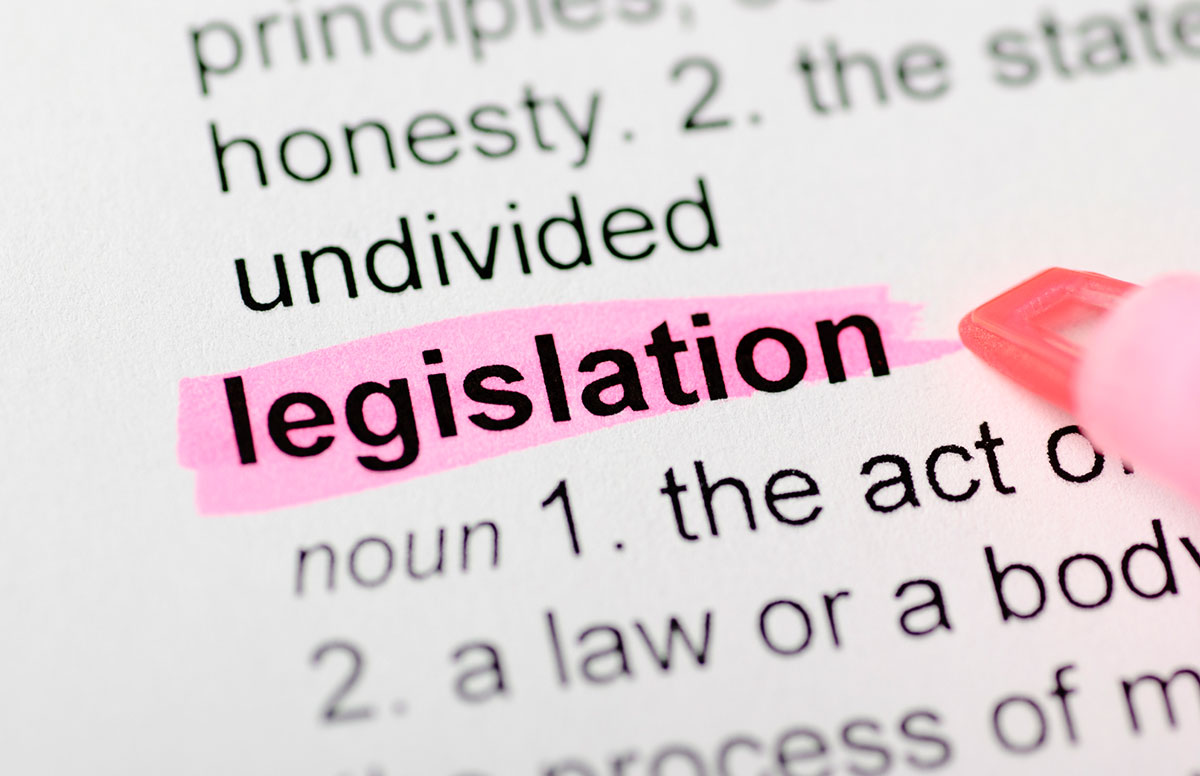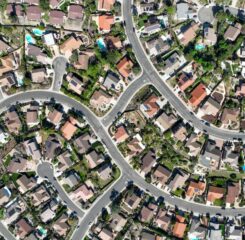2020 to 2040: 13.8M New Older Adult Households, 40% of them Renter Households
A new report from the Urban Institute predicts there will be 13.8 million new older adult households between 2020 and 2040, and 40% (5.5 million) of these new older adult households will be renter households. Of these 5.5 million new older adult renter houesholds, 2.6 million will be Black older adult renter households.
Over the next 20 years, almost all future net household growth will be among older adult households. There will be a 16.1 million net increase in households formed between 2020 and 2040, and 13.8 million of these households will be headed by someone older than 65, reflecting the nation’s aging population. Of the 13.8 million new older adult households, 40% will be renters, the report, The Future of Headship and Homeownership, by Laurie Goodman and Jun Zhu, predicts.
Across all populations, the number of homeowner households is expected to increase from 80.2 million to 84.3 million between 2020 and 2030 and to 87.1 million in 2040, an 8.6% increase in two decades; the number of renter households is expected to increase from 43.7 million to 48.2 million between 2020 and 2030 and to 53.0 million in 2040, a 21.2% increase over the two decades. The increase in renter households will be predominantly older renters, with particularly large increases among older Black and Hispanic renters.
Over the next 20 years, the share of the exploding older adult households who are renters will increase significantly from 22% in 2020 to 27% in 2040. Of the 9.3 million expected increase in renter households over the next 20 years, 5.5 million will be older adult households. The number of Black-headed older adult renter households will double between 2020 and 2040, from 1.3 to 2.6 million.
Compared to 2020, the Urban report projects, the 65 and older population will be 69.4% white in 2040, an 8.5% decrease.
While the report predicts increases in Black renter households, it also predicts a decline in the homeownership rate that “is particularly pronounced for Black families, particularly the 45-to-74 age group.” As other research has shown, household wealth varies tremendously between renters and homeowners. Given the racial homeownership gap that already exists today, which is tied to the widening income gap by race, “If we do not alter current policies, the Black homeownership rate will descend well below the rate of previous generations at the same age and cause an unprecedented number of elderly Black renters. We project the number of elderly Black renters will more than double from 1.3 million in 2020 to 2.6 million in 2040,” the report says.
The Urban Institute calls for policy change to address the report’s findings. First, the report calls for the expansion of through expanding HUD’s Section 202 Housing for the Elderly program, expanding Low Income Housing Tax Credits paired with HUD Section 202 operating subsidies, and expanding Housing Choice Vouchers for older adults. Second, the report calls for an general increase to the supply of affordable homes (including condominiums) and a tailoring these homes to the needs of future owners and renters through more flexible and inclusionary zoning and land-use regulations, a more efficient permitting process, and greater flexibility in building technologies. Finally, the report calls for concerted steps to close the racial homeownership gap.
LeadingAge’s top affordable housing policy goal is to expand the supply of housing affordable to older adults with low incomes.
Find the Urban Institute report here.

Most Recommended
July 03, 2025
 Budget Reconciliation 2025
Budget Reconciliation 2025
June 27, 2025
Pathways for Foreign-Born Workers
Recently Added
July 03, 2025
 Update and Insights: SNF Off-Cycle Revalidations
Update and Insights: SNF Off-Cycle Revalidations
July 02, 2025



